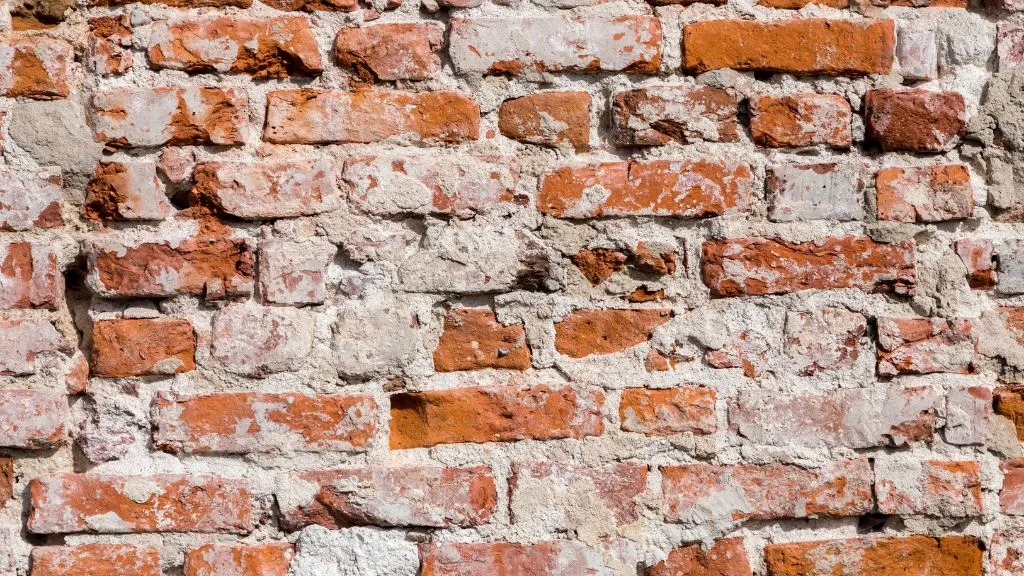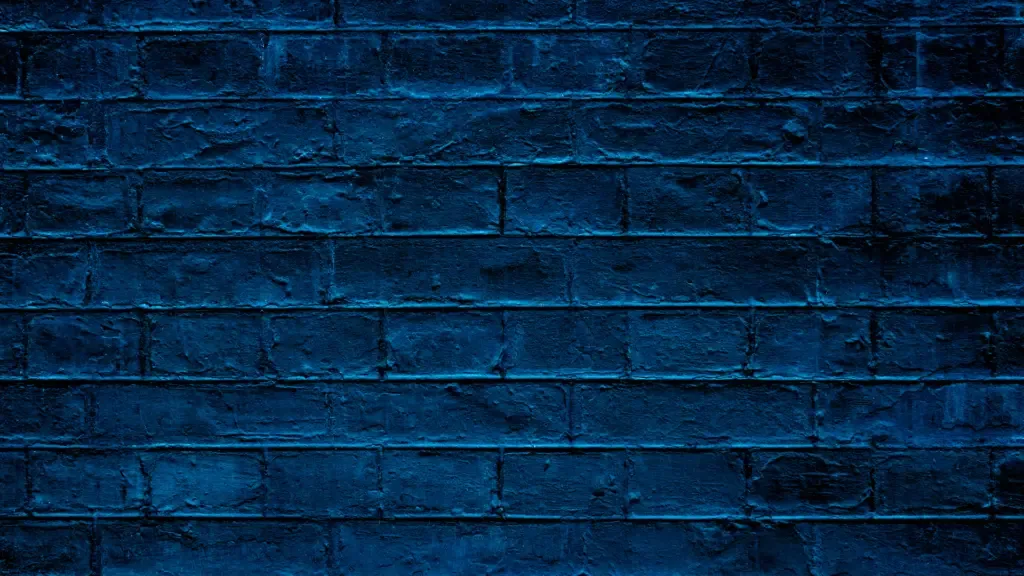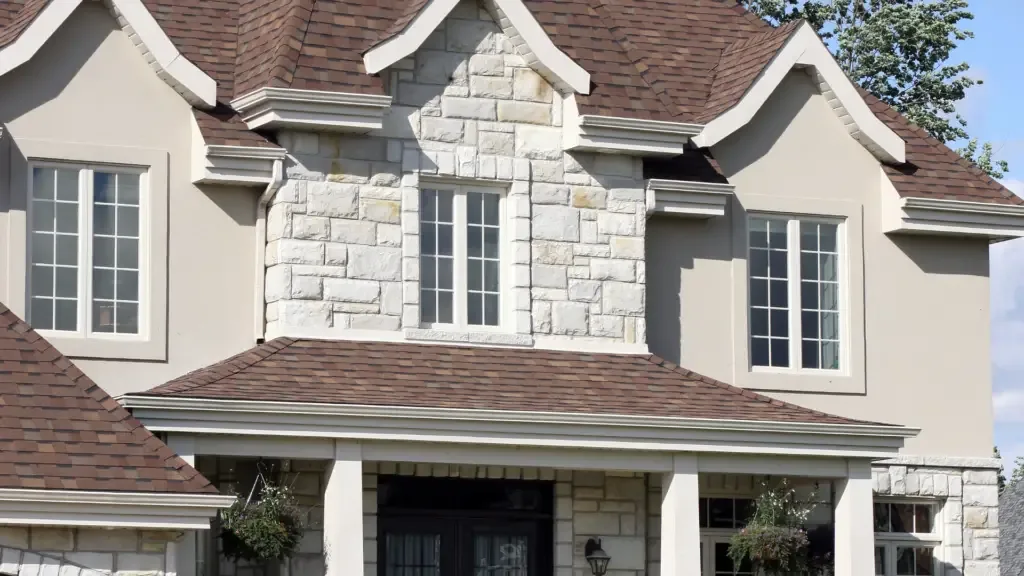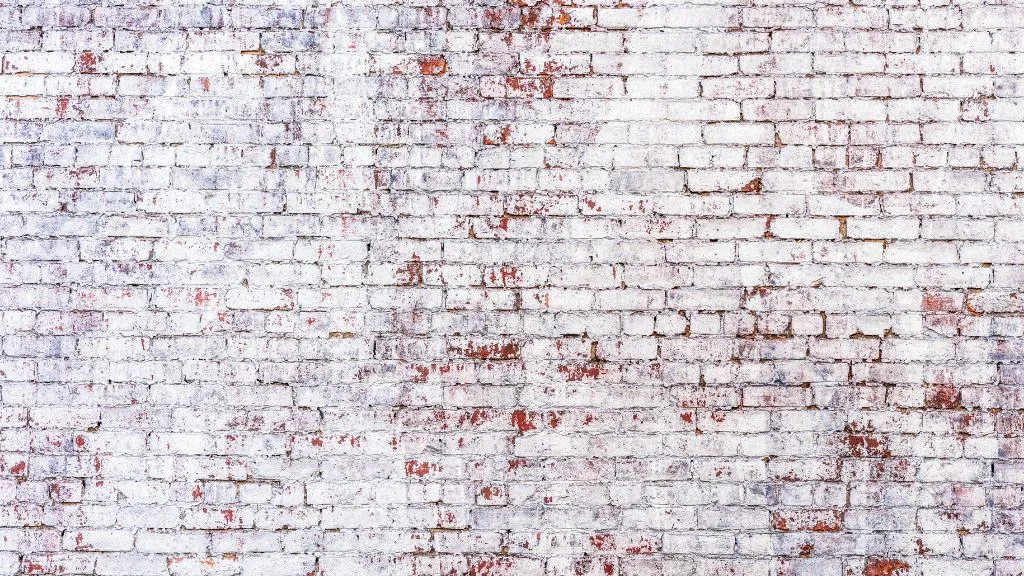
The German Smear technique, also known as mortar wash, has become a popular trend for updating brick exteriors. This technique involves applying a layer of mortar over the brick surface, which is then partially wiped away to create a rustic, whitewashed appearance.
While this method can add character and charm to your home, it also has its advantages and disadvantages. In this article, we’ll explore the pros and cons of brick exterior treatments such as the German Smear technique.
We’ll discuss the durability and maintenance requirements of brick exteriors, as well as the potential aesthetic benefits and drawbacks of the German Smear technique. Whether you’re considering a
What is German Smear?
If you’re looking to give your brick exterior a new look, you may have come across the technique known as German Smear. This method involves applying a mortar wash to your brick facade, which can give it a distressed or antiqued appearance.
Here’s what you need to know about this technique.
Technique
German Smear is a technique that involves applying a thin layer of mortar wash to your brick exterior. This can be done using a trowel or a brush, depending on the desired effect.
The goal is to create a textured, varied appearance that looks like it has been weathered over time.
Materials
To achieve the German Smear look, you will need a few materials. You will need a type S mortar mix, which is a pre-blended mixture of sand, cement, and lime. You will also need water, a trowel or brush, and a spray bottle filled with water.
Application
To apply the German Smear, you will need to mix the mortar with water until it reaches the desired consistency. Then, using a trowel or brush, you can apply the mortar to the brick surface. It’s important to work in small sections to ensure that the mortar doesn’t dry out before you have a chance to smear it.
Consistency
The consistency of the mortar is important when it comes to achieving the German Smear look. You want the mortar to be thick enough to stick to the brick, but not so thick that it’s difficult to apply. If the mortar is too thin, it will not create the desired texture.
Coverage
When applying the German Smear, you will want to make sure that you cover the entire surface of the brick. This will ensure that the look is consistent and complete. You may need to go over some areas more than once to achieve the desired effect.
Tools
To apply the German Smear, you will need a few tools. A trowel or brush is necessary for applying the mortar, while a spray bottle filled with water can help keep the mortar moist and workable.
You may also want to use a level to ensure that the mortar is being applied evenly.
Overall, German Smear is a technique that can give your brick exterior a unique and interesting look. However, it’s important to do your research and make sure that this method is right for your home before you begin.

Pros of German Smear
If you’re looking for a way to update the look of your home’s exterior, German smear might be a great option for you. Here are some of the pros of using German smear on your brick exterior:
Appearance
One of the main benefits of using German smear is the unique appearance it gives your home. The technique softens the straight lines of a brick pattern and adds a rough texture on top of the bricks, giving your home an entirely new surface.
The large patches of white mortar mimic the irregular joints of an ancient masonry wall, which can give your home a rustic and distressed look. The mortar generally comes in white or grey, which can also lighten the exterior color of your home.
Water-Resistant
Another benefit of German smear is that it can make your brick exterior more water-resistant. The mortar used in the technique is designed to repel water, which can help protect the bricks from water damage and extend the life of your brick exterior.
Durable and Long-Lasting
German smear is a durable and long-lasting way to update the look of your brick exterior. Once applied correctly, the finish will look like clay bricks and can last for years without fading or wearing away.
This is in contrast to treatments like paint and staining, which can fade or wear after time.
Low-Maintenance
Another benefit of German smear is that it is relatively low-maintenance compared to other treatments. Once applied, the finish requires little upkeep, making it a great option for homeowners who want to update the look of their home without spending a lot of time and money on maintenance.
In summary, German smear is a great option for homeowners who want to update the look of their home’s brick exterior. The technique can give your home a unique and rustic appearance, while also making it more water-resistant and durable.
Additionally, the low-maintenance nature of the finish makes it a great option for those who want to update their home’s exterior without a lot of upkeep.

Cons of German Smear
While German smear is a popular brick exterior treatment, it also has its downsides. Here are some of the cons to consider before deciding if German smear is right for your home:
Permanent Change
One of the biggest cons of German smear is that it is a permanent change to your home’s exterior. Once you apply the mortar wash, it cannot be easily removed or changed back to the original brick appearance. This means you need to be sure you like the look before committing to it.
Labor-Intensive
Applying German smear is a labor-intensive process that can take several days to complete. The process involves preparing the brick surface, mixing the mortar, applying the mortar, and then wiping away the excess. It can be physically demanding and time-consuming, especially if you have a large home.
Professional Required
While some DIYers may be able to apply German smear with professional-grade quality, it is generally recommended to hire a professional to do the job. A skilled mason will have the expertise and tools needed to ensure the mortar wash is applied evenly and correctly.
Maintenance
German smear requires some maintenance to keep it looking its best. Over time, the mortar may crack or chip, which can detract from the overall appearance. You may need to periodically touch up the mortar to keep it looking fresh.
Porous
Brick is a porous material, which means it absorbs moisture. If the mortar used in the German smear application is not breathable, it can trap moisture inside the brick. This can lead to mold and mildew growth, which can be difficult to remove.
Staining Brick
Another potential issue with German smear is that it can stain the brick. If the mortar is not applied evenly or if it is not wiped away properly, it can leave behind stains on the brick surface. This can be especially problematic if you have light-colored brick.
Overall, German smear is a beautiful and timeless brick exterior treatment, but it is not without its drawbacks. Consider the cons carefully before deciding if it is the right choice for your home.

Other Brick Exterior Treatments
If you are looking for an alternative to German Smear, there are several other brick exterior treatments available. Here are some of the most popular options:
Whitewash
Whitewashing involves applying a mixture of water and white paint to the brick surface. This creates a thin layer of color that allows the natural texture and color of the brick to show through. Whitewashing is a simple and affordable way to update the look of your home’s exterior.
Mortar Wash
Mortar washing involves applying a thin layer of mortar to the brick surface. This creates a smooth, uniform finish that can be left as is or painted over. Mortar washing is a great option if you want to change the color of your brick without completely covering it up.
Brick Stain
Brick stain is a specially formulated paint that is designed to penetrate the pores of the brick and create a permanent color change. Brick stain is available in a wide range of colors and can be used to create a variety of different looks. It is a good option if you want to completely change the color of your brick.
Limewash
Limewash is a mixture of lime, water, and pigment that is applied to the brick surface. It creates a soft, matte finish that gives the brick a weathered, antique look. Limewash is a good option if you want to add character to your home’s exterior.
Muriatic Acid Treatment
Muriatic acid treatment involves applying a diluted solution of muriatic acid to the brick surface. This creates a rough, textured surface that gives the brick an aged, distressed look.
Muriatic acid treatment is a good option if you want to create a unique, one-of-a-kind look for your home’s exterior.
Stucco Sponge Finish
Stucco sponge finish involves applying a thin layer of wet mortar to the brick surface and then using a grout sponge to create a textured finish. This creates a smooth, uniform finish that can be left as is or painted over. Stucco sponge finish is a great option if you want to add texture to your home’s exterior.
Finishing Techniques
When it comes to finishing techniques, there are several options available. You can use a stiff bristle brush to create a textured, patina-like finish, or you can use a trowel to create a smooth, uniform finish. You can also use a drill with a wire brush attachment to create a distressed, textured look.
Painting Brick
If you want to completely change the color of your brick, painting is a good option. Latex paint is a popular choice because it is water-resistant and mildew-resistant. However, it is important to choose a paint that is specifically designed for masonry surfaces.
Brick Homes Inspiration
Brick homes are a popular choice in the United States because they are low maintenance, easy to apply, and long-lasting. They also add character and charm to any home’s exterior. If you are looking for inspiration for your own brick home, there are many resources available online.
Before and After
Before and after photos are a great way to see the transformation that can be achieved with brick exterior treatments. You can find before and after photos on home improvement websites and social media platforms.
In conclusion, there are many options available when it comes to brick exterior treatments. Each option has its own pros and cons, so it is important to do your research and choose the option that best fits your needs and preferences.
Remember to always follow safety guidelines and use protective gear when working with construction materials.

